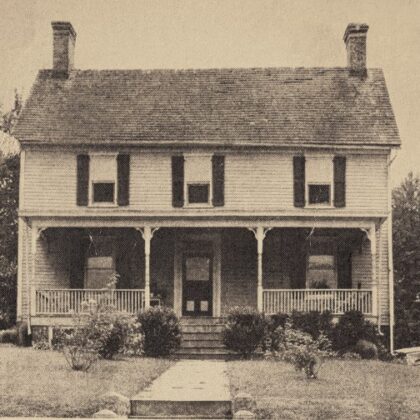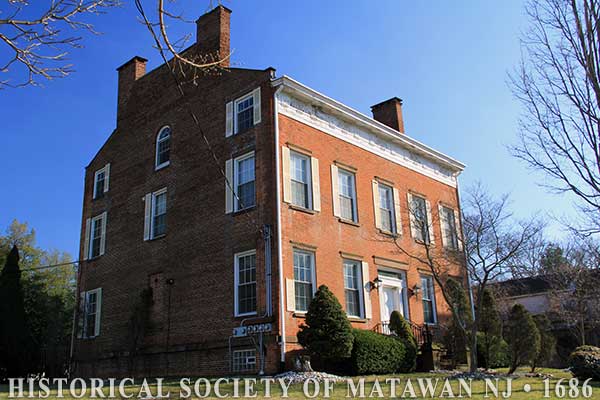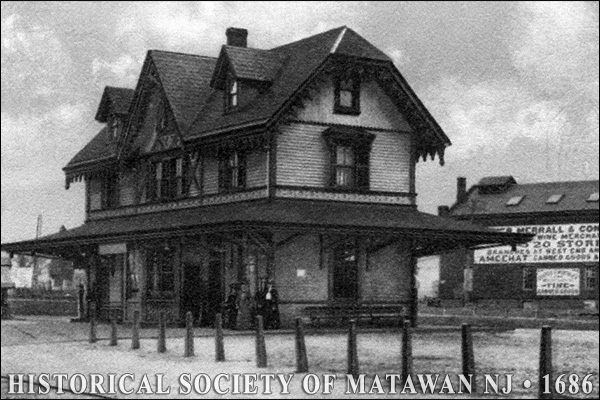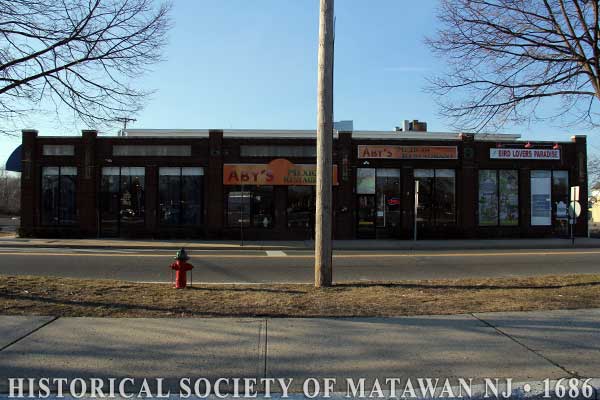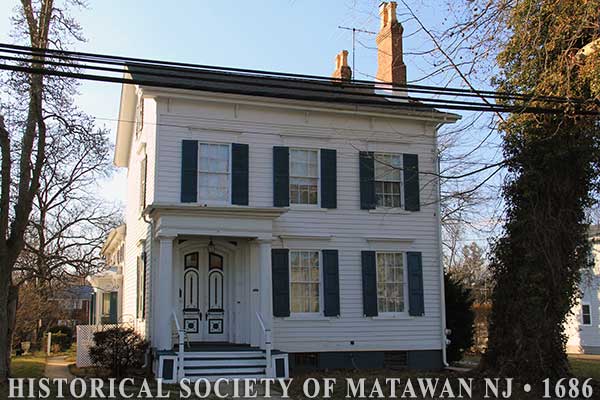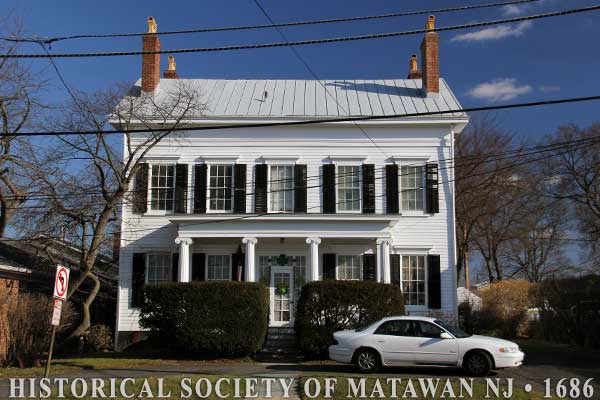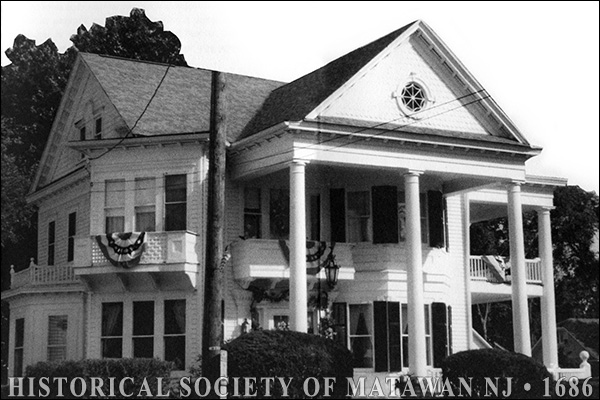177 Main Street The establishment of local brickyards, combined with increased local affluence, resulted in the construction of several fine brick residences in Matawan in the early 19th century. S.
100 Atlantic Avenue Erected in 1851, this church was a focal point of the African American community once known as Africa that grew up along Atlantic Avenue in the early
Main Street at New York Long Branch RR Matawan became a busy railroad junction in the 1870’s with the completion of the first railroads through town. This 1875 Stick Style
32 Main Street The Matawan area was once home to a thriving ceramic industry with the manufacture of stoneware, brick, pottery, and tile. The J.L. Rue Pottery Company was established
80 Main Street Most of Matawan’s 19th-century housing stock was made up of modest two-story clapboard houses like this well-preserved example. Lumber and hardware merchant Aaron Longstreet built this Greek
154 Main Street Built in 1854 as a dry goods and grocery store, this early store building retains its pronounced bracketed cornice and window trim seen on Italianate storefronts of
167 Main Street This clapboard-sided Greek Revival house shares similarities with substantial farmhouses built in Monmouth County in the 1850’s and 1860’s. The house is notable for its original wood
201 Main Street Until the 1880’s, Matawan’s houses were mostly rectangular shaped with straight front porches. The Queen Anne style brought turrets, projecting bays, wraparound porches, and a variety of
205 Main Street Matawan’s mid-19th century houses often employed a variety of decorative wood trim available from local mills such as Phoenix Mills. Built in the 1850’s, this house was
